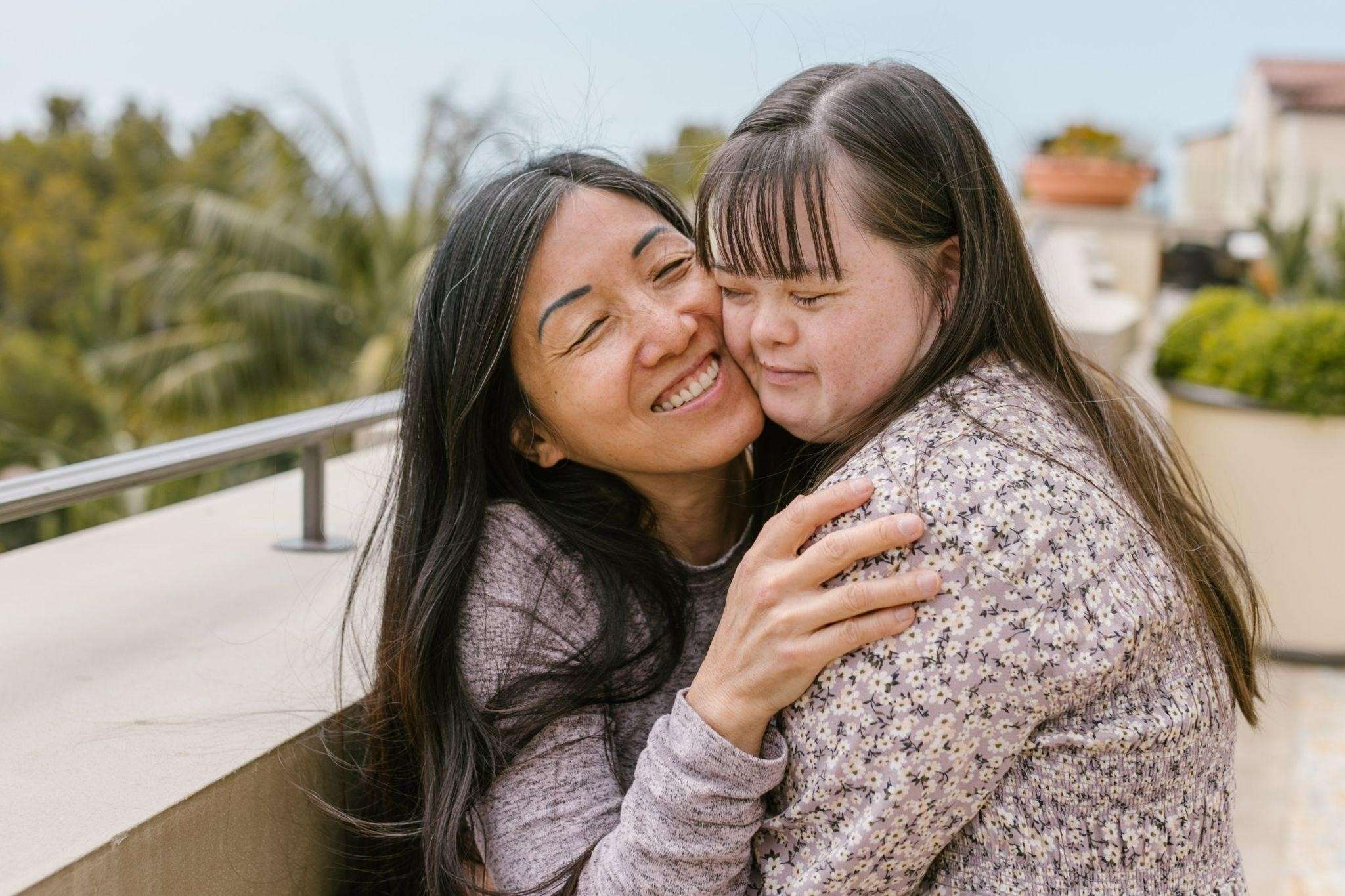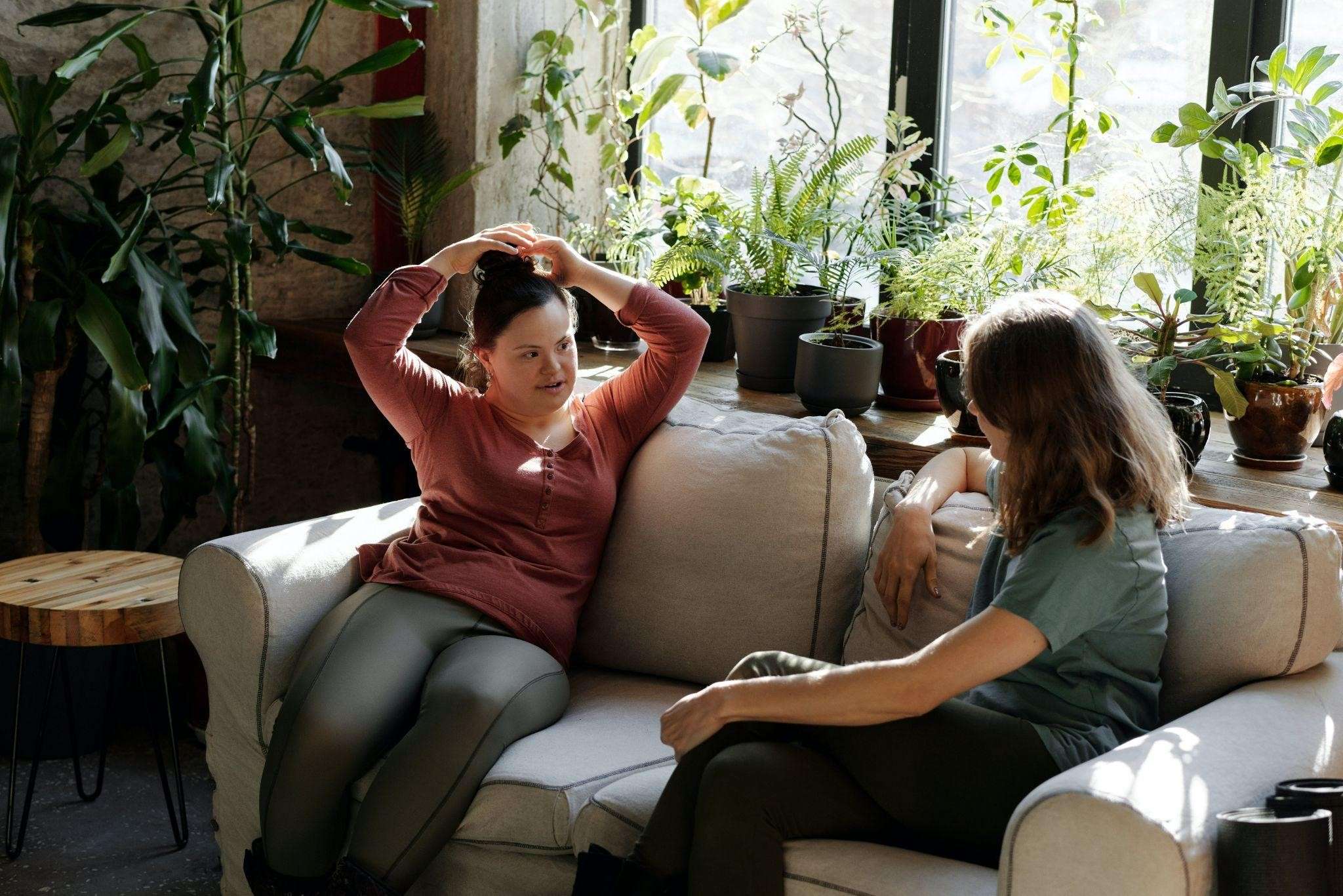More than 500,000 people in the USA with intellectual and developmental disabilities (I/DD) are waiting for government disability services to help support their long-term care (1).
This is an even more terrifying statistic for homes where parents are reaching their retirement years. They face the challenge of not having plans or resources to care for their adult child with disabilities as they age. Waiting on long waitlists may not be something they can sustain with the time ticking away.
“The parents of Kent, who are seniors caring for a child with disabilities, do the bulk of the work. They care, bathe, and feed him. But they don’t know who will do this after they’re gone,” stated Christopher Booker, a journalist of PBS.
As caregivers age, the mounting pressure on them increases, and if they find themselves unable to independently manage their own needs, providing care for their adult child with disabilities becomes an additional challenge. Regrettably, many are unaware of the available options or where to seek assistance.
In this article, we will explore the need for a transition plan to ensure that adults with disabilities can not only survive but also thrive when their caregivers are no longer able to provide support.
Challenges and Concerns of Aging Caregivers
There are a number of challenges and concerns facing aging caregivers, which include:
- Physical strain and declining health due to caregiving and aging
- Emotional burnout and isolation from caregiving
- The financial burden of caregiving
- The uncertainty of what will happen to their loved one in the future

Physical Strain
Aging caregivers face many challenges that can affect their health. One big concern is the physical strain from taking care of someone and getting older. Doing this for a long time can make their health decline even more. It’s important for them to take care of themselves to keep providing good care for their loved ones with disabilities.
Emotional Burnout
Taking care of an aging adult can be emotionally exhausting, leading to burnout. This burnout might result in less time spent with friends and family for support. If caregivers don’t spend time with friends and family for support, they might feel alone. Feeling alone can cause mental health problems while they’re taking care of their loved ones.
Financial Burden
There is a financial burden on an aging caregiver as they care for a person with I/DD. Most often, an aging caregiver isn’t working. They are either in their retirement or just reaching it.
They may have a pension they have access to, but it may not be enough to cover the expenses of a loved one with disabilities. These expenses can include medicine and assistive devices, on top of needing nearly 24/7 supervision.
This financial burden can cause aging caretakers to consider leaving retirement and finding a part-time job to help with expenses. It also prevents them from enjoying their golden years with vacations or extra expenses.
Uncertainty of the Future
Having uncertainty about the future is likely one of the most significant challenges and concerns for an aging caretaker when caring for a loved one with disabilities. Without a plan, it can be hard to know what will happen to a loved one once an aging caregiver is no longer able to care for them.
This is why having a transition plan is so essential. Instead of not knowing who will care for a loved one, it’s better to have a plan. This plan makes sure they will be taken care of if the primary caregivers can’t do it anymore.
Creating A Transition Plan
To create a transition plan, start by sitting down with your loved one and discussing their wants and needs. Do they prefer group housing or living on their own? Take, for example, stories like Emily, who transitioned to a supportive living arrangement with the help of a well-crafted plan.
It is important to create a plan that makes them feel comfortable and happy. Also, look at their friends and family. It’s a good idea to keep these connections strong. Helping them develop a support network is crucial to their future well-being.

Another option to consider in the plan is Remote Support Services. These services use both staff and assistive technology to provide support services. This support helps to develop daily living skills to live more independently.
Supporting Aging Caregivers

Aging caregivers can use resources like Respite Care or Remote Supports services. Qualifying for Medicaid can help with financial stress. A Medicaid waiver can provide access to Support Services loved ones need. With these options, caregivers can rest easy knowing that their loved one is getting the support they need.
Conclusion
It is essential to ensure there is a plan for an aging caregiver and their loved one with disabilities in case the aging caregiver can no longer work. However, finding help doesn’t have to cost hours of headache and confusion. By simply creating a transition plan and coordinating with a case manager, an aging caregiver can ensure their loved one is cared for after they can no longer help.

Empower others by sharing this article with those who may benefit. Let’s spread awareness and support aging caregivers in ensuring a brighter future for their loved ones. If you’re navigating this journey, consider reaching out to local support organizations or consulting with a professional to tailor a transition plan to your unique needs.
Additional Resources
PBS (2023.) The wait for government disability services can last years. Some states are trying to change that. Retrieved from: https://www.pbs.org/newshour/nation/the-wait-for-government-disability-services-can-last-years-some-states-are-trying-to-change-that




